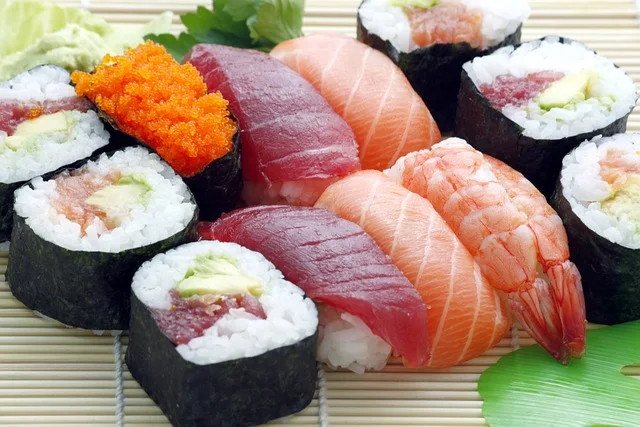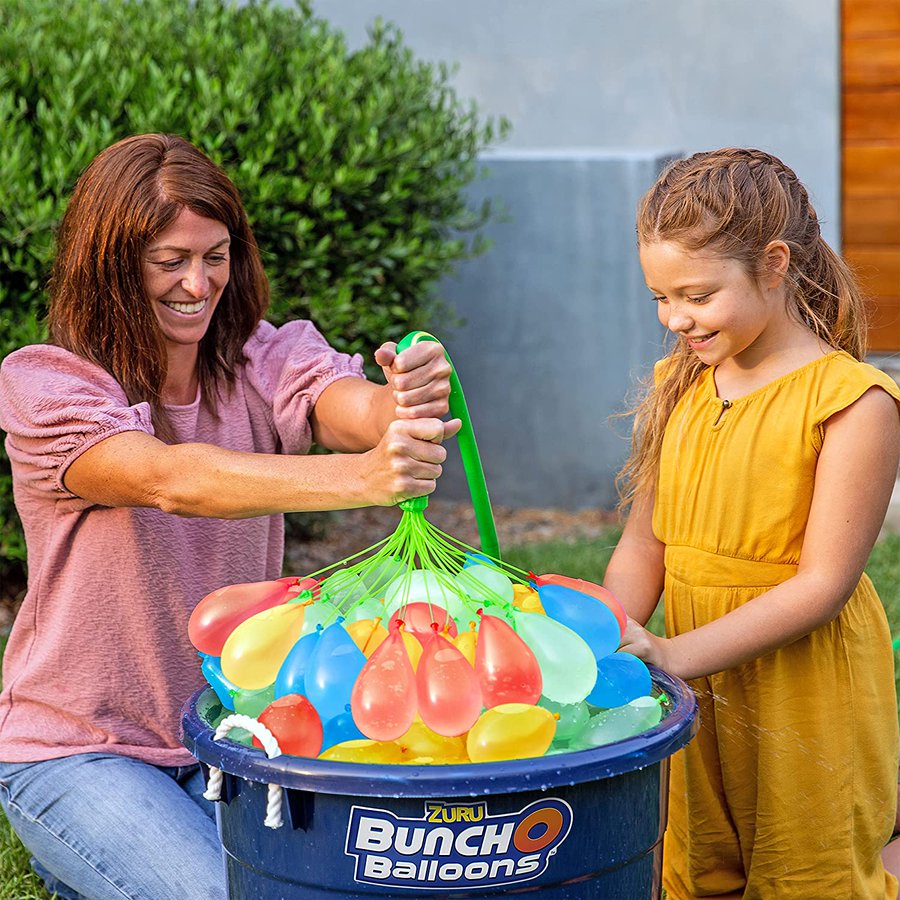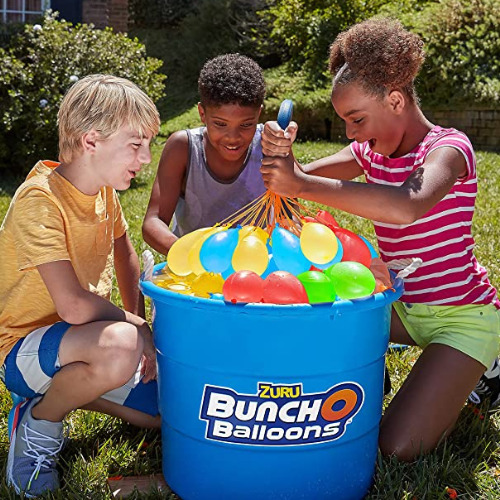Sushi is a beloved Japanese dish enjoyed by many worldwide. While it's often associated with restaurant dining, making sushi at home can be a rewarding and fun experience.
In this article, we will guide you through the process of rolling sushi using a bamboo mat, also known as a makisu. Whether you're a sushi enthusiast or a first-timer, our step-by-step instructions will help you create delicious sushi rolls right in your kitchen.
Gather Your Supplies
Before you begin rolling sushi, make sure you have all the necessary supplies. These include:
- cutting board,
- clean damp towel,
- bowl of cold water,
- nori (dried seaweed sheets),
- sushi rice,
- various fillings like fish, vegetables, and sauces, and,
- most importantly, a bamboo mat (makisu) for rolling.
Preparing the Bamboo Mat
To prevent the rice from sticking to the bamboo mat, wrap it in plastic wrap. Ensure the plastic wrap's width is wider than the mat.
Lay the mat vertically with the bamboo sticks facing upward, and wrap the mat tightly with the plastic wrap, cutting off any excess.
Create some slits in the plastic wrap to release air, helping to prevent air bubbles while rolling.
Basic Hosomaki (Tuna Roll)
Lay a sheet of nori on the bamboo mat with the rough side facing up. Dip your hands in cold water to prevent the rice from sticking.
Place a ball of sushi rice on the nori and spread it evenly, leaving about an inch of space at the top and half an inch at the bottom.
Add your desired filling, such as tuna, in the middle of the rice.
Roll the bamboo mat, tucking the bottom edge of the nori over the filling. Continue rolling and shaping the sushi until you have a tight, even roll.
Cutting the Sushi
Once your sushi roll is complete, use a sharp, wet knife to cut it into pieces. For traditional hosomaki rolls, cut the roll into six pieces.
Importanatly, Wipe the knife after each cut to maintain a clean blade, ensuring smooth slices.
Uramaki (Salmon Avocado Roll)
For uramaki, also known as inside-out rolls, start with the rice side of the nori facing up. Place a generous amount of rice on the nori, almost double what you used for hosomaki.
Flip it over so the nori faces up and add your desired fillings, such as salmon and avocado. Roll the sushi, ensuring a tight seal at the end.
Tatemaki (Shrimp Tempura Roll)
Tatemaki rolls are thicker and rolled vertically. Sprinkle sesame seeds on the rice before adding your ingredients, such as shrimp tempura, imitation crab, cucumber, and jalapenos.
Roll the sushi tightly, and then cut it into five pieces.
Temaki (Unagi Hand Roll)
Temaki rolls are hand rolls that don't require a bamboo mat. Place the nori in your non-dominant hand, and add rice and your preferred fillings diagonally.
Fold the nori over the ingredients, shaping it into a cone. Use a bit of rice as glue to seal the roll.
Summary (How to Roll Sushi with Bamboo Mat)
Rolling sushi with a bamboo mat can be an enjoyable and rewarding experience. With the right tools and ingredients, you can create a variety of delicious sushi rolls at home.
From basic hosomaki to more elaborate uramaki and temaki, you can customise your sushi with your favorite fillings and sauces.
Remember to keep your knife clean and wet for smooth, clean cuts, and don't forget to get creative with your plating. Enjoy the process, and savor your homemade sushi creations!




